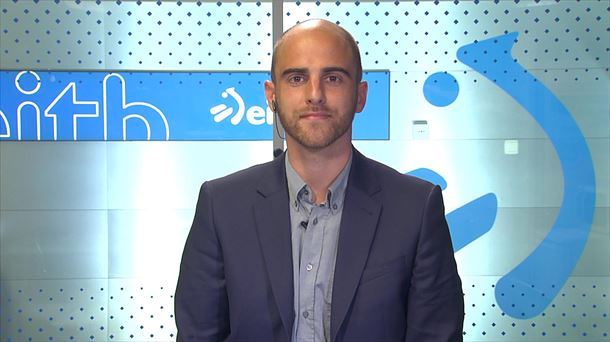For centuries, Austrian family businesses – farmers, monasteries and nobles – have provided fields, fields and forests! But some large-scale industrial property speculators are raking in millions through repurposing and development! All our valuable land is being lost.
“The dramatic sealing is not only visible visually through gaping wounds in nature and hostile concrete deserts, we can also feel it firsthand – namely in increasing natural disasters,” Greenpeace CEO Alexander Egit warns again.
Politicians from the federal to the state and local level need to be ecologically clear: healthy, humus-rich soils can absorb about five times their weight in water, built-up or compacted areas prevent rainwater infiltration – which in turn leads to climate change, increasing heavy rains that often lead to severe flooding!
“We finally need binding limits”
Greenpeace has long since put its demands on those responsible for this on the table. “Efficient soil protection requires defined threshold values. Otherwise, we run the risk of more and more fertile soil being covered, causing agricultural land to run out and countless species to lose their habitat,” Egit explains. In 2002, the federal government’s sustainability strategy set a limit on land consumption – namely, to reduce it to 2.5 hectares per day throughout Austria by 2030. The current government program also provides for such a reduction by 2030.
Tirol is so far the only federal state that has officially committed to complying with the 2.5 hectare limit that applies to the whole of Austria. Vienna was also praised in a study by Greenpeace. The federal capital at least “in principle” agrees with the limit that applies to Austria, while the municipal association continues to block it. Another important driver of land consumption is the newly created living space. Although according to Greenpeace calculations more than 17 million square meters of living space in Austria is empty, companies earn money every year from the construction of 60,000 new apartments.
But this causes double damage to our environment: not only is fertile agricultural land used, but building materials such as gravel, lime (for cement), sand, etc. must be extracted from nature on a large scale and then processed using raw materials. complex technical processes. This makes it all the more important that existing buildings are renovated and unused enclosed areas are redeveloped. The most central point, however, is that – as our readers demand by a large majority – an end must be put to the unbridled speculative activity of industrial companies and construction companies with all our resources!
ÖVP major donor earns 12 million euros with deal
Because otherwise – as the biggest eco-scandal of recent times in Ohlsdorf (Upper Austria) proves – everything is lost. There, the ex-industrialist Hans Asamer acquired an area from ASFINAG, the Federal Forests and a private entrepreneur – a forest of almost 19 hectares that he had cut down. After the repurposing, the property was sold on to a Belgian relocation company in 2022 with a mega profit. Negative forestry and environmental advice was undermined by procedural tricks.
The district authorities waved through the logging
The audit by the Court of Audit, which criticised, among other things, the fact that ÖVP major donor Asamer pocketed 12.2 million euros in profit from his deal, can no longer change the fact that a green lung has been destroyed forever.
There are also (much too late) complaints that the destruction was waved through by the district authorities! And that was without all the prescribed replacement afforestation areas having been established. Egit: “An example that the next government must put an end to the goings-on by tightening the law severely. Nature conservation must take precedence over the naked greed of individual millionaires.”
Source: Krone
I am Ida Scott, a journalist and content author with a passion for uncovering the truth. I have been writing professionally for Today Times Live since 2020 and specialize in political news. My career began when I was just 17; I had already developed a knack for research and an eye for detail which made me stand out from my peers.



